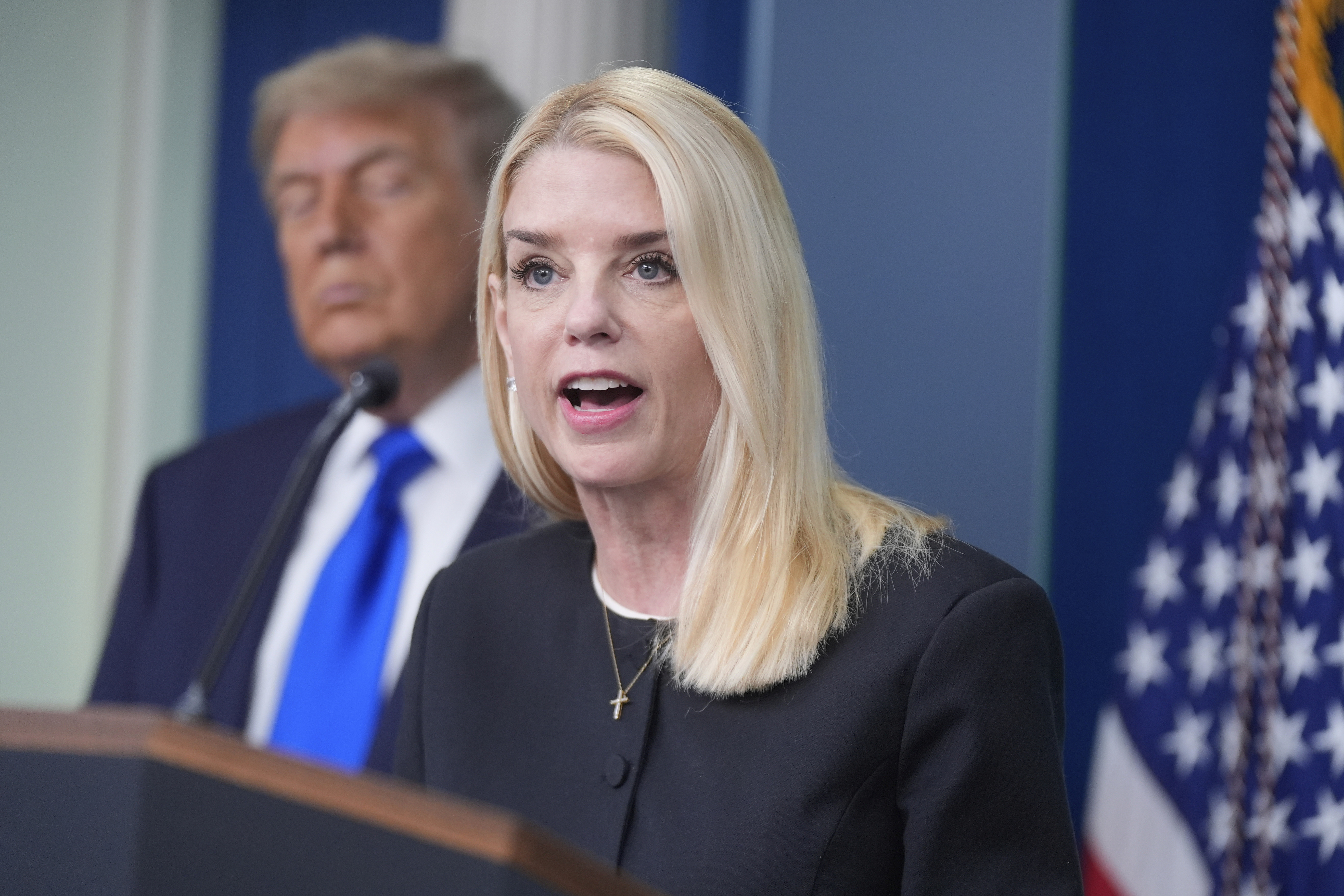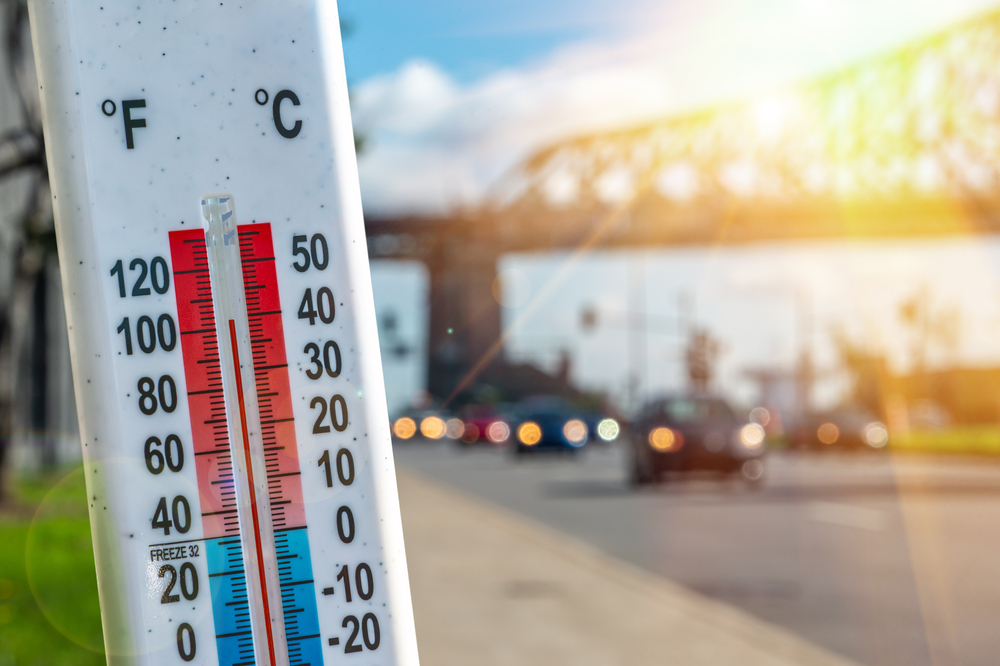This year's hurricane season may be a little quieter than in years past.
Colorado State University researchers are predicting 13 named storms, including six hurricanes.
In the university’s Atlantic Hurricane Season Forecast, released Thursday, researchers say two will be major hurricanes — Category 3, 4, or 5 — with sustained winds in excess of 111 miles an hour.
According to the forecast, hurricane activity in 2023 will be roughly 80% of the normal season activity recorded from 1991 to 2020.
In comparison, storm activity in 2022 was almost 75% of the usual season. In 2022, there were 14 named storms, eight hurricanes and two major hurricanes, Fiona and Ian.
Fiona struck Puerto Rico’s southwest as a Category 4 storm with historic levels of rain that caused devastating flooding and landslides, and knocked out the already weak power grid. The storm caused at least 23 deaths in Puerto Rico, according to the island's health department.

The US Southeast and Gulf Coasts see record sea level rise
Scientists have observed record-high rates of sea level rise in parts of the coastal U.S. over the last 12 years.
Ian made landfall as a Category 4 hurricane in Florida, causing over 150 deaths and was ranked by the National Oceanic and Atmospheric Administration as the third-most-costly U.S. hurricane, with $114 billion in damages.
The year prior, 2021, was a busier season with 21 named storms. Seven of those were hurricanes, with four of those labeled as major.
Colorado State University researchers say the 2023 quieter season may be attributed to the climate pattern of El Niño as the eastern and central tropical and subtropical Atlantic Sea surface temperatures are higher than normal, whereas the Caribbean Sea surface temperatures are close to "long-term averages."
"Our analog seasons exhibited a wide range of outcomes, from below-normal seasons to hyperactive seasons," said Phil Klotzbach, research scientist in the Department of Atmospheric Science at Colorado State University and lead author of the report, in a press release. "This highlights the large uncertainty that exists with this outlook."
Hurricane season begins June 1 and runs through Nov. 30.











